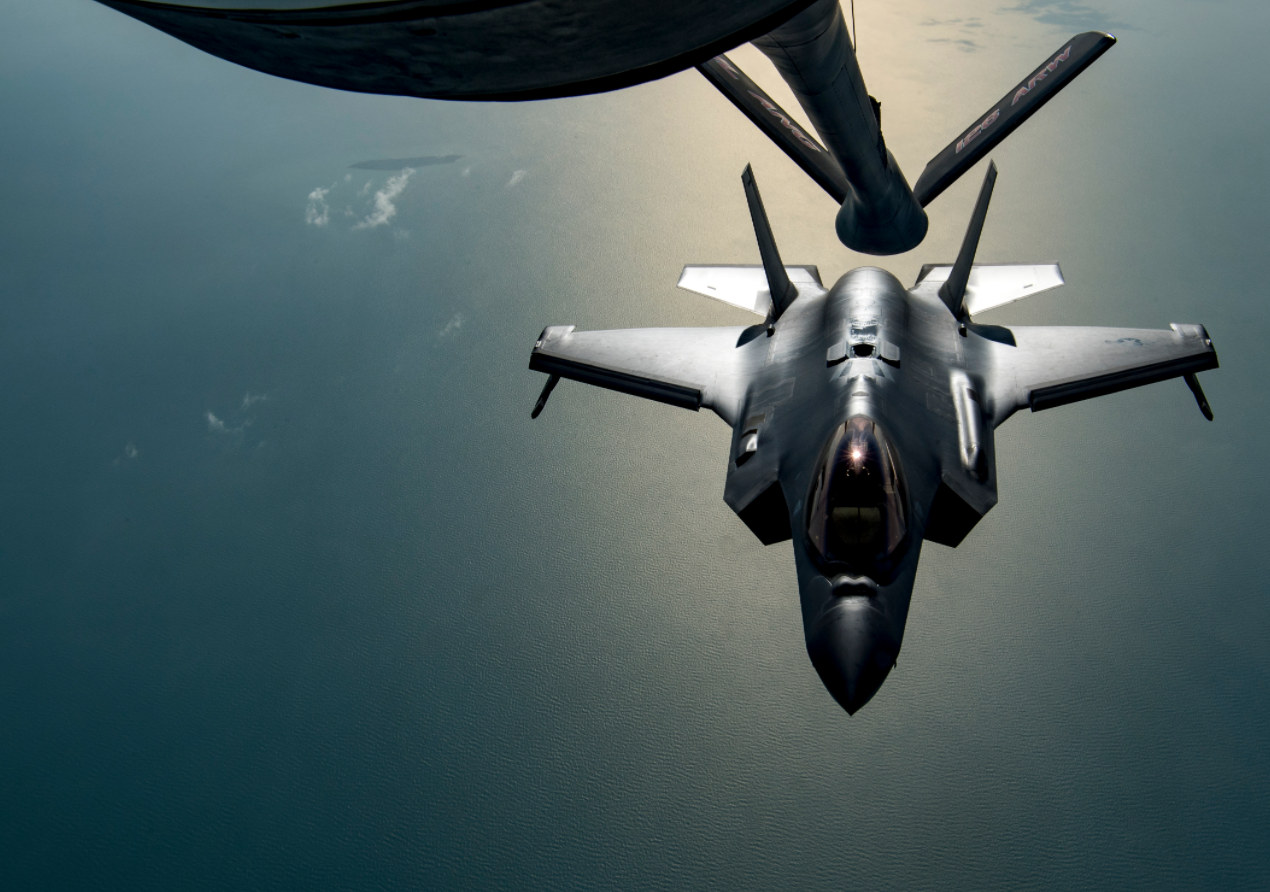Space ground tracking program to reach key milestone
A program to develop satellites capable of tracking moving targets on the ground nears a key milestone, but might be delayed due to budget uncertainty.
A program to develop radar satellites capable of tracking moving targets on the ground will reach a critical milestone next month, but the effort faces an uncertain future as Congress struggles to pass the 2024 budget.
The Air Force and National Reconnaissance Office have been jointly managing an effort to deliver space-based Ground Moving Target Indicators — sensors that can track and monitor moving objects of interest on the ground in near-real time.
Frank Calvelli, Air Force space acquisition chief, said the project is expected to complete its Milestone B review by the end of March, allowing the program to begin engineering and manufacturing development.
“NRO is in great shape to do that program, I’m expecting that milestone to go very smooth,” Calvelli said during the NSSA Defense and Intelligence Space conference Tuesday. “What I need for that program is for Congress to pass a budget because it’s a new start. If we don’t get the budget passed, we are stuck in a [continuing resolution]. We can’t do much with that program this year.”
The House passed another stopgap bill Thursday, which will keep some of the government agencies open through March 8 and the rest of the federal government through March 22.
Some lawmakers have floated the idea of funding the government through a year-long continuing resolution, which will leave the federal government operating at the 2023 budget levels and prevent some new programs from starting.
“A [continuing resolution] for the year cripples our ability to implement what we want as the Department of the Air Force in terms of our vision for operational imperatives, and it’s just horrible, quite honestly. It’s crippling our ability to compete,” Calvelli said.
Under a year-long continuing resolution, the Air Force would lose up to $1.4 billion in research, test, development and evaluation dollars. The Space Force, however, would face the largest funding gap, losing nearly $2.6 billion in research dollars, or 10% of its entire budget.
According to fiscal 2024 budget documents, the Air Force plans to transition part of its ground-moving target indicator mission from its current platform, the aging E-8C Joint Surveillance Target Attack Radar System aircraft, which is set to retire at the end of this year, with GMTI capability.
The Space Force is asking for $243 million in fiscal 2024 to research and develop satellites capable of tracking moving targets on the ground. The service estimates it will need more than $1.2 billion through fiscal 2028 to fund the program.
After years of debate, defense officials decided to task the Space Force with developing requirements and supervising the acquisition process. At the same time, the National Reconnaissance Office is in charge of procuring sensor payloads.
Details about the new classified sensors are limited, but similar GMTI systems have been based on radar use of a pulsing technique and Doppler shift analysis to detect and track moving targets on the ground.
Calvelli also said his focus in the coming year will be on classification reduction.
“It is something that hinders our ability to actually integrate space in with other domains and space just within the space programs to really enable a warfighter to go do their job. I will tell you that it’s easier said than done,” Calvelli said. “My vision is to bring the majority of space programs out of the [special access programs] down to [top secret] level.”
Copyright © 2025 Federal News Network. All rights reserved. This website is not intended for users located within the European Economic Area.






